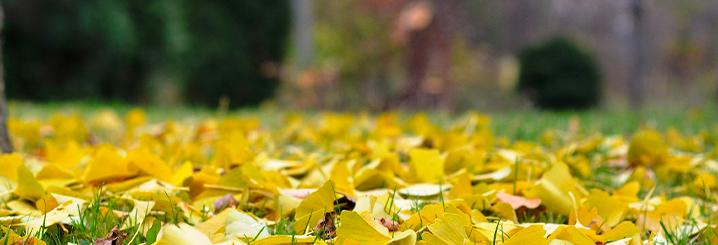How to create your own aromatic herb corner

Whether they are shrub-like or herbaceous, herbs bring colours, shapes, aromas and flavours to the garden. Most herbs are perennials that you can keep in your garden season after season, year after year as ornamental bushes. Ideal perennial herbs for the garden include rosemary, sage and also bay laurel, a plant that is also suitable for creating hedges. But there are many others, such as thyme, oregano, mint and chives.
Other herbs are annual plants that live for a couple of seasons and must be re-sown every year, for example parsley and basil. Whether perennial or annual, decorative or not, all these garden herbs are useful in the kitchen both as a healthy seasoning for dishes—with very few calories and many beneficial properties—and for preparing herbal teas. Today we find out how to plant and grow aromatic herbs in the garden.
Herb garden: how to create one
Where to grow aromatic herbs in the garden? There are several options: in pots or on the ground; in a dedicated flowerbed (or several) in the garden or vegetable patch; also in the vegetable patch, but mixed among the vegetables rather than in a separate space. In the latter case you need to consider plant associations, i.e. the positive and negative effects of growing certain plants together.
When choosing which aromatic herbs to plant in your garden, besides basing your decision on your tastes alone, evaluate the local climate, sunlight exposure and the characteristics of the terrain (most herbs prefer loose, well-drained soil with a pH of around 6.5-7.5). If you opt to plant them in or near a vegetable patch, the amount of exposure should already be optimal: sunny with no shade (almost all herbs love being in the sun). Generally speaking, the herbs that you choose for your garden should be hardy plants, which are not particularly demanding to grow. This is because they are adaptable to different climates and soils, don't require lots of water, and are resistant to pests and diseases.
Whichever part of the vegetable patch or garden you have set aside for aromatic herbs, separate the annuals from the perennials so that you can prepare for planting the annuals without harming the other varieties. Likewise, keep plants with similar needs close together. Regardless of whether they are perennial or annual, before planting your herbs, plan ahead when evaluating the space available, so that once the herbs have grown, they are not too close together and/or overshadowing each other. By the way, beware of plants that tend to spread widely, such as mint: they are better grown in pots or isolated, for example by burying wooden panels to act as a barrier.




To prevent your garden herbs from suffering due to excessively damp soil, and to ensure that the soil stays dry, you can plant them on sloping surfaces or create raised flower beds. Finally, when choosing a planting site, do not neglect an essential practical consideration: the chosen spot must be convenient for harvesting in all conditions, such as when it rains.
If your garden soil is too alkaline for your herb's needs, you can lower its pH. How? We explain this in our article on how to acidify soil.
Once you have chosen which herbs to grow in the garden, when autumn arrives you can proceed with deep soil cultivation, followed by fertilisation (preferably based on mature compost) and more digging: this helps to nourish the soil and make it more porous and well-draining. Instead of a spade or pitchfork, you can use a rotary tiller to work the soil faster.
By the end of February, with a view to transplanting or (less frequently) sowing your aromatic herbs, hoe the soil or till it with a rotary tiller: cultivate the topsoil to prepare it for planting seedlings or seeds from March/April. To learn more about how and why you should cultivate soil, take a look at our soil preparation guide.
If you want to effortlessly transport everything you need for tilling and subsequent work on your garden’s aromatic herb corner, you can invest in a transporter.


Herb garden: maintenance
We said that the aromatic herbs you put in your garden should be hardy, i.e. plants that are not delicate or demanding. Think of rosemary and bay laurel, for example: they are shrubs that are native to the Mediterranean scrub and accustomed to harsh conditions. However, consider performing minimal maintenance, including:
-
Fertilisation: this applies particularly to perennial aromatic herbs and helps to enrich the soil, which becomes impoverished over time. It should be done during the autumn-winter dormancy period, as during summer it would only cause prolific growth of your herbs, to the detriment of their aromatic qualities.
-
Winter protection for perennials (especially in colder areas) using mulch at the base of the plants and/or non-woven fabric around the foliage.
-
Pruning: it is true that collecting leaves and twigs performs a similar function to pruning, but at the end of winter it is better to remove dead branches both from aromatic garden herb shrubs—such as rosemary and sage—and from bay laurel hedges. For this job you will need manual pruning tools, such as conventional shears.
-
Weeding by hand when necessary.
-
Watering only in the event of prolonged drought.
To protect your aromatic garden herbs with mulch, use whatever is available, such as dead leaves, dry grass or compost. On this subject, read about how to protect plants from the cold and how to make compost.



